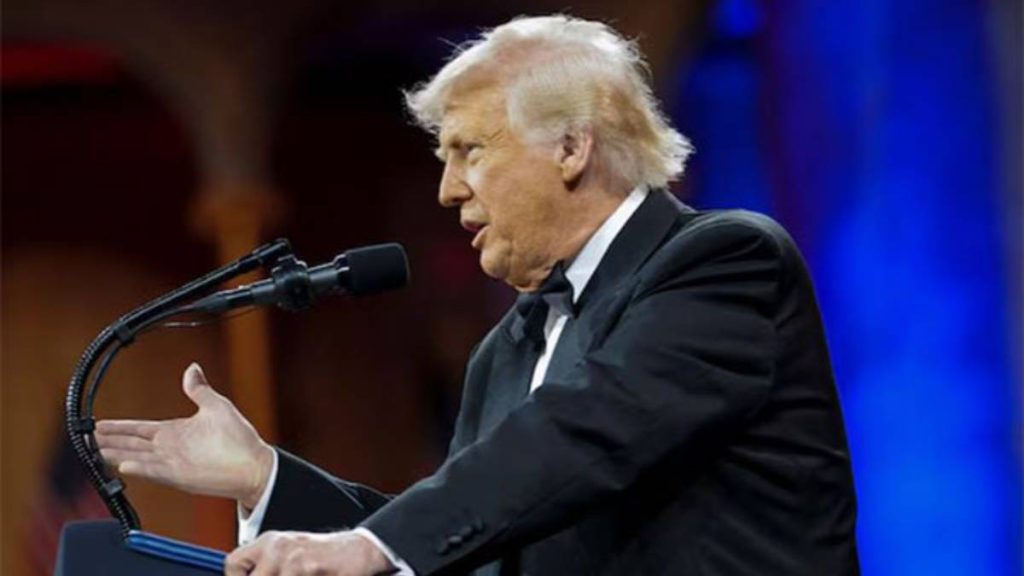The Trump administration has unveiled a premium immigration scheme called the “Gold Card,” offering wealthy individuals worldwide a pathway to US permanent residency in exchange for a hefty financial contribution.
Commerce Secretary Howard Lutnick announced the initiative on Friday, describing it as a major shift in America’s immigration policy—prioritising wealth and investment over traditional skill-based criteria.
Under the programme, individual applicants will be required to pay USD 1 million (around ₹8.5 crore) for permanent residency, while corporations sponsoring employees must pay USD 2 million per person. The initiative replaces existing employment-based green card categories EB-1 and EB-2, with 80,000 visas available initially.
Gold Card holders will receive full rights to live and work in the US permanently, including a path to citizenship. However, they must pay taxes on their worldwide income, a requirement that could subject them to double taxation depending on treaties with their home countries.
“You can prove exceptional value to the United States by contributing a million dollars. That’s a strong indicator of their worth,” Lutnick said, adding that applicants will also undergo the most intensive vetting process ever implemented for US visas, costing an additional USD 15,000.
Corporations sponsoring employees will retain ownership of the Gold Card, which can be reassigned to another worker if the original employee leaves, subject to additional fees.
In addition, the administration outlined plans for a higher-tier “Trump Platinum Card,” priced at USD 5 million, which would allow longer stays but not permanent residency or a citizenship pathway.
The government projects that the Gold Card could generate over USD 100 billion for the US Treasury, while the Platinum programme—pending congressional approval—might bring in as much as USD 1 trillion.
Implementation of the Gold Card scheme is expected within a month, with applications processed through a dedicated portal, trumpcard.gov. Other green card categories are likely to be suspended during its rollout.
The move signals a dramatic departure from America’s long-standing focus on employment-based immigration that prioritised skills and labour market needs. Critics argue it creates a “pay-to-play” model for US residency, while supporters claim it ensures immigrants make substantial contributions to the American economy.
For wealthy Indians, who form a large segment of US immigration aspirants, the programme may offer a quicker route compared to investor visas, though the steep costs and global tax obligations could prove restrictive.
